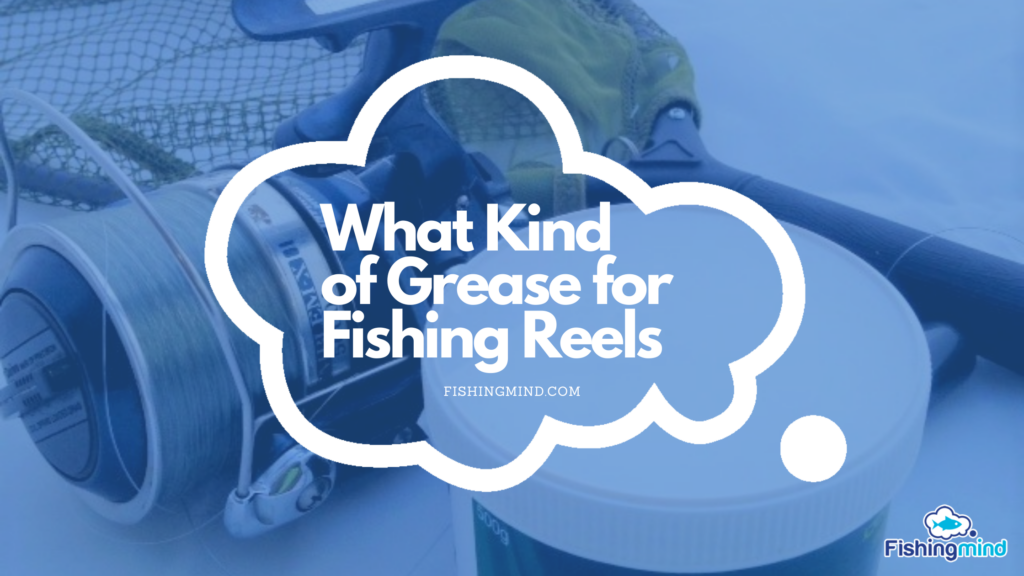Fishing season is around the corner, and you are probably equipped with the essentials to catch the trophy Blue Marlin this time!
Well, before anything else, how about you learn how to load a spinning reel as a professional first. One of the essential skills that every angler needs to know is to load a spinning reel perfectly.
Loading your spinning reel the right way will make or break your fishing game.
A lot of my fishing days were ruined because of line twists and or line bites.
But, to save you from such traumatic events, I have curated a step-by-step guide on how to load a spinning reel without any trouble.
Things to know before loading a spinning reel
What should be the size of the line?
The first step to correctly load a spinning reel begins with choosing the correct line size for your reel. Spinning reels are for lighter lines and downsized baits and may not perform well with heavier lines.
Using the wrong line size on a spinning reel may make the spooled line jump off the reel while casting.
Learn also How to Cast an Open Face Reel.
Which type of line should you choose?
Choose a line that suits your needs. There are different types of lines, and each comes with its function.
- Monofilament Line: This line is the most popular, is flexible, abrasion-resistant, and suits well with live bait.
- Braided Line: Braided line is stronger than mono, casts farther, and is ideal for topwater baits.
- Fluorocarbon Line: Fluorocarbon line is completely invisible underwater, ideal for calm water, and not flexible. It complements well with braided lines.
Quick-tip: Use a braided fishing line to spool a medium-sized fishing reel or if you plan on a 12-pound test fishing line.
How to load a spinning reel?
Setup the reel
Begin by attaching the reel to the rod. It will be a much easier process if the spinning reel is already on the rod.
Check the direction the reel is turning.
Hold the reel as you would do while fishing and crank the handle to see which direction the reel is turning. The direction of the reel turning and the line coming off the coil should be in the opposite directions.
For example, if the reel turns in a clockwise direction, make sure that the line from the coil turns in the counterclockwise direction. By doing so, you will tame the line and avoid the line being stripped off while casting.
Open the bail
This is an important step that most anglers don’t pay attention to. You open the bail by overturning the handle up and bring it down to close.
This step ensures that you begin your spooling correctly by removing any old leftover lines on the reel.
Wrap the line around the spooling reel
It would be best if you started bypassing the line through the first eyelet of the rod. After that, make an overhand knot at the end of the line. Next, go ahead and wrap the line around the spool and make another overhand knot.
However, to make your line more secure, it is better to tie an arbor knot around the reel. I have seen a few fellow anglers using electric tape instead of tying knots. But, those techniques may not be very reliable.
Start winding the reel.
Before you begin this step, keep the line pinched between your thumb and the index finger. This is done to apply enough pressure on the line to turn or twist while winding. However, be wary not to burn your fingers during the process.
Now, bring the bail down and start cranking the handle. As the winding begins, ensure that the line comes off the coil smoothly and wraps around the reel securely. Be careful and control the line winding speed. It should be neither too fast nor too slow.
Quick Tip: If you notice that the line is beginning to twist, then stop loading the reel. Pull some line off the reel, and then start the process again.
Don’t fully spool the reel.
After spooling about 100 yards of the fishing line, check if your reel is full. You should not fully spool the reel as it may become prone to tangles. A good rule of thumb is to fill the spool up to 0.3 cms from the rim.
Cut the line and start fishing!
Once you are done with the whole process, cut the line, run it through the rest of the eyelets, and tie on a lure.
Quick Tip: After you have loaded the reel, the line’s memory may give it the tendency to jump off and make knots. To avoid such a situation, here is a trick that has helped me over the years.
Take the spool off the reel by untwisting the drag. Next, secure the open-ended line to the line tie on the spool. After that, take a glass of lukewarm water and drop the spool into it. Please leave it in there for approximately 10 minutes.
This process allows the line memory to change to the size of the spool, so you can instantly start casting the line.
Spooling a braided line
If you have decided to use a braided line, then the spooling process can be a little tricky. By that I mean, you need to ‘back’ the reel by using a monofilament line as a filler first.
Begin by winding a monofilament line halfway through the reel and then tie the braided line to the monoline using a double-uni knot. Once they are connected, continue spooling and follow the same steps as above.
Conclusion
Now that you know how to load a spinning reel successfully, your next fishing trip may not be the same anymore!
So, have you decided if you want to load using a monofilament line or a braided line?
Nevertheless, I would love to hear from you if my tips and suggestions worked for you. So please leave your comments below.





